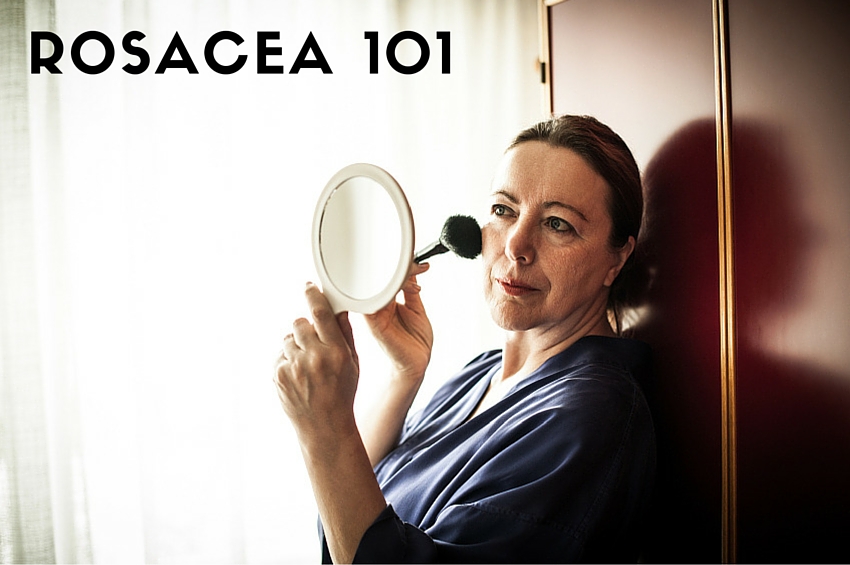Did you know that even though rosacea is commonly thought of as a skin disease, it’s actually more of a skin type?
It’s true, said Dr. Holly Gunn, medical director of the Dermatology, Aesthetic and Laser Center with St. Elizabeth Physicians. What’s also (unfortunately) true is that once you develop rosacea, you have it for life, although there are things you can do – and ways dermatologists can help – to make it better.
“Rosacea mainly comes from many years of sun exposure, but it can also develop from medications or treatments that make you flush,” Gunn said.
People with rosacea – typically Caucasians of Northern European descent (although it can occur in any ethnic group that has significant sun exposure) – have skin that’s very sensitive to triggers including sun exposure, alcohol, caffeine, hot and spicy foods, and, really, anything that makes them hot or flush. Even stress or anxiety.
It’s also important to note that rosacea can show up as early as your late 20s or early 30s, but if you start protecting your skin better at the first sign, it is less likely to progress. If you don’t take better care of your skin, though, it will progress and become even more severe.
“The older you are, the higher your risk of developing rosacea because of increased accumulation of exposure to the sun and, if you are not protecting yourself from the sun, the higher your risk of developing severe rosacea,” Gunn said.
The first sign of rosacea is commonly redness or swelling. Oftentimes, people get little bumps that look like acne but last longer than acne. It’s most common on the face, on your forehead and cheeks, but can occur on any sun-exposed area of your body.
Click on the button below or call (859) 371-3376 (DERM) to learn more about a free open house at St. Elizabeth Physicians Dermatology Florence.


